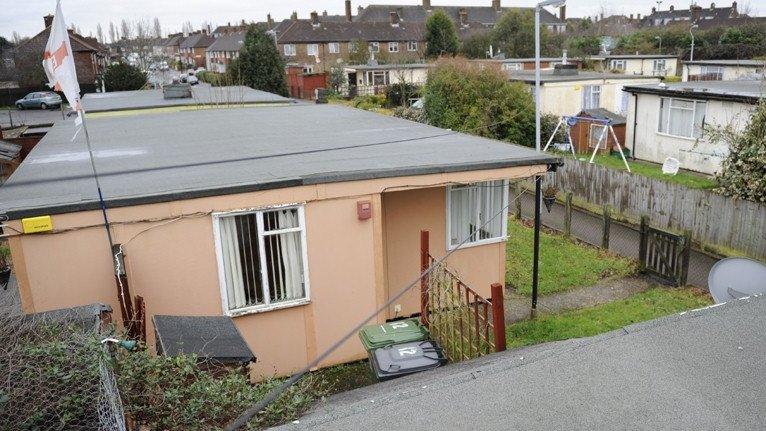Prefab homes: Are they set for a comeback?
- Published
The homes would be made of wood unlike those in the old "tin towns"
Are prefabs getting a new lease of life?
Thousands of factory-built temporary homes were erected after World War Two - and many lasted for years.
But the concept of pre-made and flat-packed homes for the 21st Century is part of the Welsh Government's housing plans.
It is allocating £45m to try to increase the number of affordable, sustainably-built houses.
But rather than the "tin towns" of old, which would no longer be considered environmentally friendly, these would be made from Welsh wood.
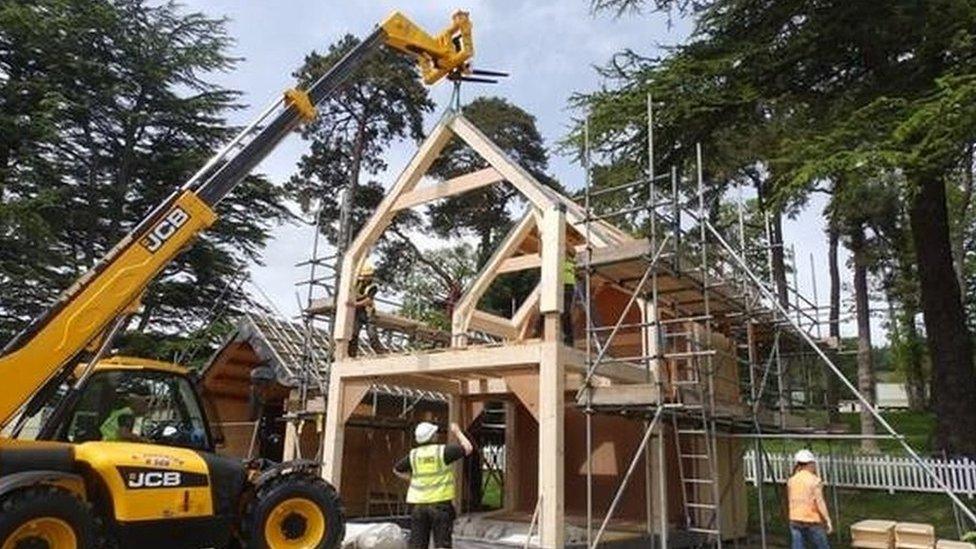
The modern version of the prefab is very different from the post-war version
They would be cheap to run, reducing fuel poverty, with bills expected to be about £100 a year compared with the current average annual UK fuel bill of £1,350.
It is also argued that this style of housing better for the environment.
About 27% of carbon emissions in the UK come from housing. Materials like concrete, plastic window frames and some forms of insulation are all carbon intensive.
Using locally-grown wood and insulation from natural materials are considered to be less damaging for the environment.
Also, evidence suggests houses that are made in factories produce much less waste and have higher levels of safety.
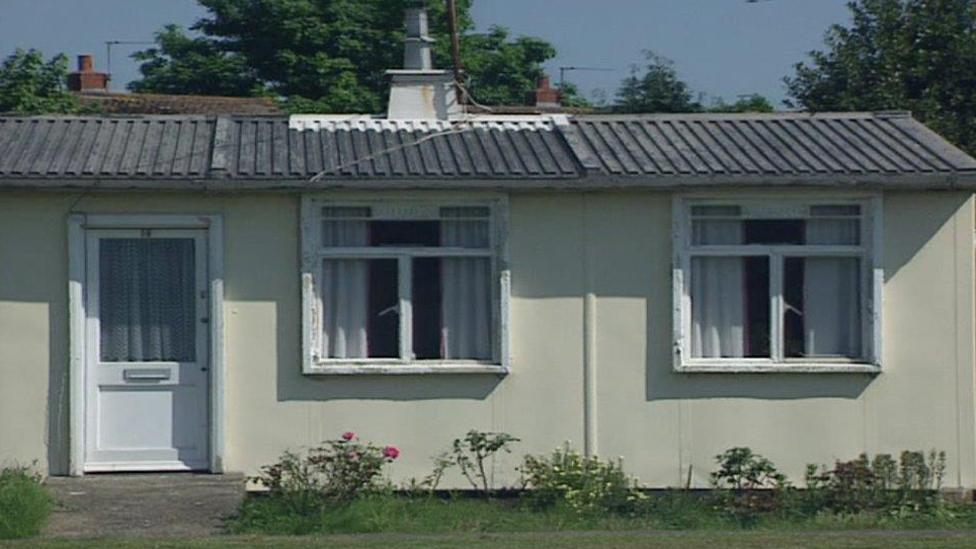
Prefabs were sometimes used beyond their 10 or 15-year lifespan, and were refurbished
What were traditional prefabs about?
More than 156,500 prefabs were erected across the UK in the three years after World War Two
They were intended to give temporary accommodation for the thousands of people needing homes after air raids
But they were well-equipped, with latest mod-cons, and were often popular with residents. Some lasted well beyond their intended lifespan
Reg Twamley and his family moved into one in Ely, Cardiff in 1946 as an "in-between" for 10 years. "I didn't have an idea what a prefab was. It didn't look much from the outside, but it was a wonderful place, heaven," he told BBC Wales in 2001
An example of a 1947 aluminium prefab, external, from Gabalfa, Cardiff, was re-erected at the Museum of Welsh Life at St Fagans.


Julie James being shown around a factory making panels in Neath
The Welsh Government has an ambition to build 20,000 affordable homes by next year, but said it wants to "build more and to build better".
Housing Minister Julie James said: "The significant investment we're making in the modular housing industry will enable us to do that."
She said modern methods of construction mean the new-style prefabs are "high quality, desirable and energy efficient, affordable homes that tenants can be proud of".
The aim is for far more council and social homes to be built at "scale and pace", overcoming the capacity constraints faced by traditional house builders.
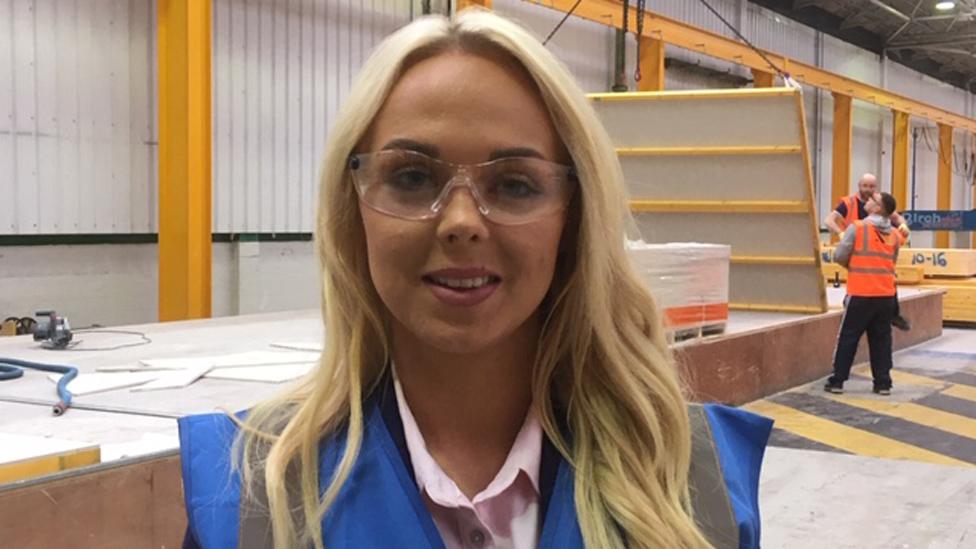
Charlotte Hale, of SO Modular, says it has been specialising in this type of construction for the last 18 months
SO Modular in Neath makes panels and roof and floor timbers for 750 homes each year, in south Wales, London, Bristol and the north of England. The timber all comes from local sources, as far as possible.
Charlotte Hale, operations director, said: "They're far more advanced than [traditional] prefab panels. We can operate up to three shifts and the weather doesn't affect us at all. This is definitely the way forward.
"We're investing a lot in this factory and we'll have a training centre here to develop skills in the industry - in conjunction with Neath Port Talbot College and Cardiff Metropolitan University. Skills are fundamental to modular construction working."
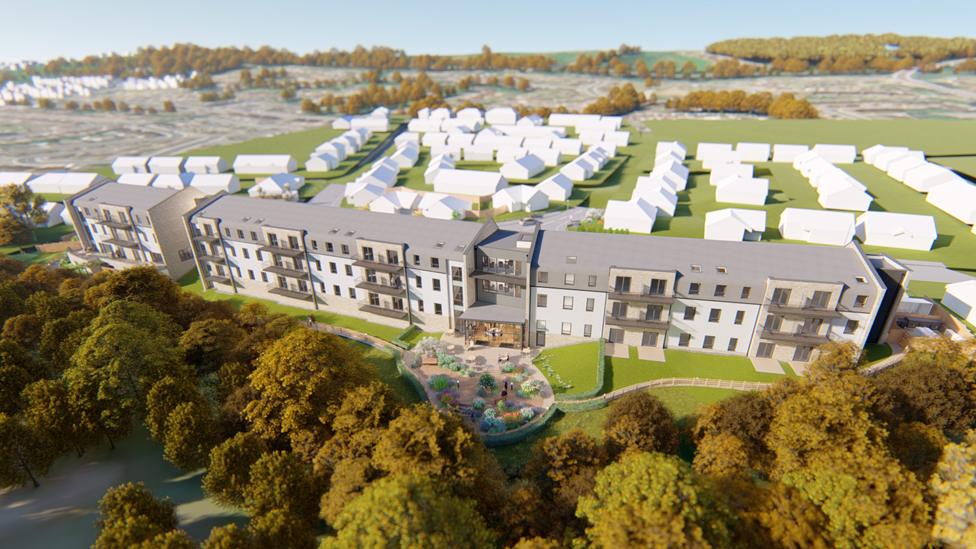
These homes are planned for land where old-style prefabs once stood at Treberth, Newport
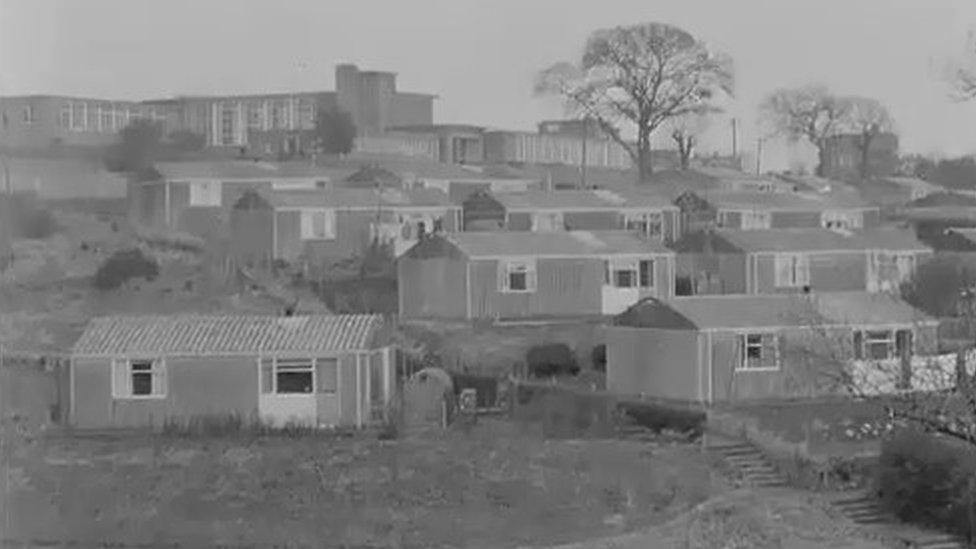
The old-style prefabs in Newport in the late 1960s were very different
The Welsh Government wants homes built more sustainably and Welsh timber used, rather than imports from places like Scandinavia.
Not only would that reduce emissions from transporting timber but it would create jobs in the forestry sector in Wales, helping the economy.
Ministers would presumably like the private sector to follow suit.
In the meantime, it is using its money to try to bring about a change in the way we build homes and to "kick-start" these methods into the construction mainstream.
- Published23 February 2020
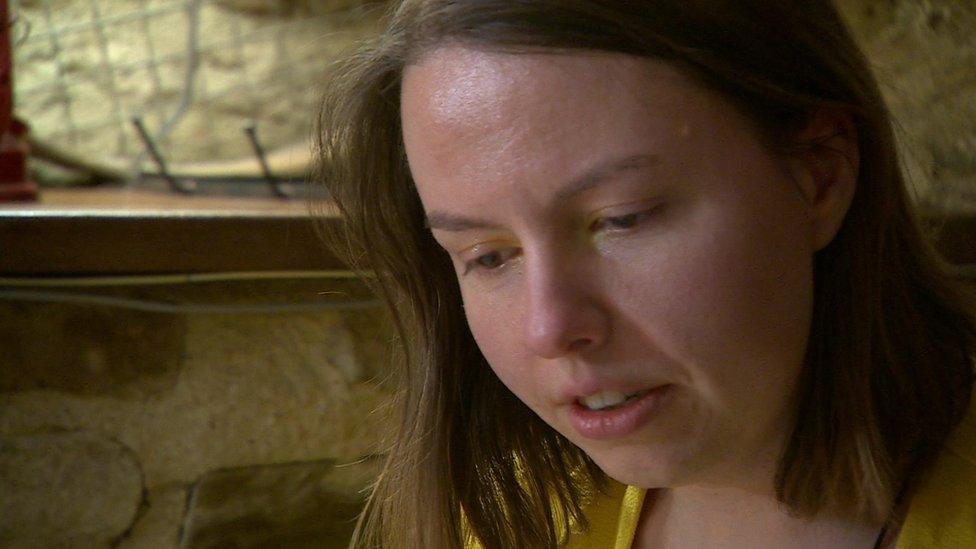
- Published26 June 2019
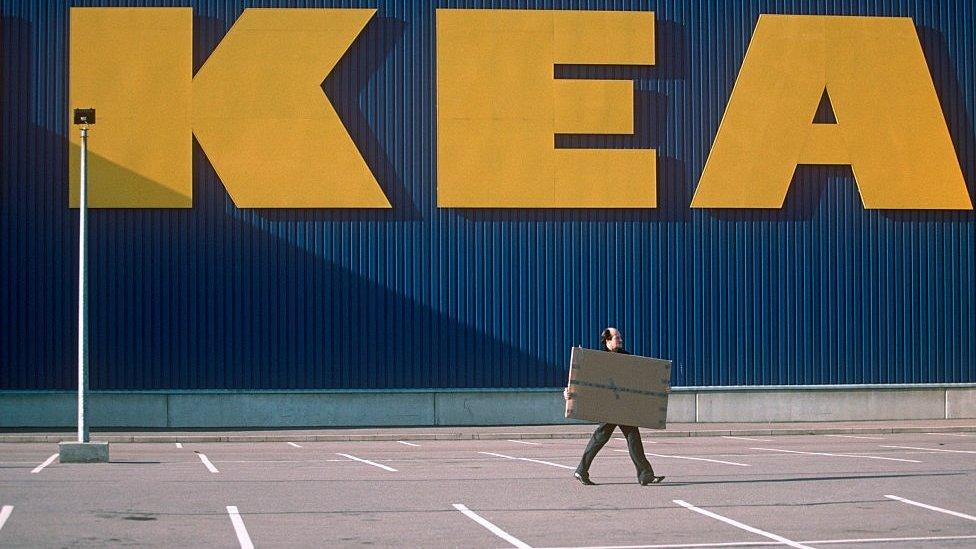
- Published5 September 2019
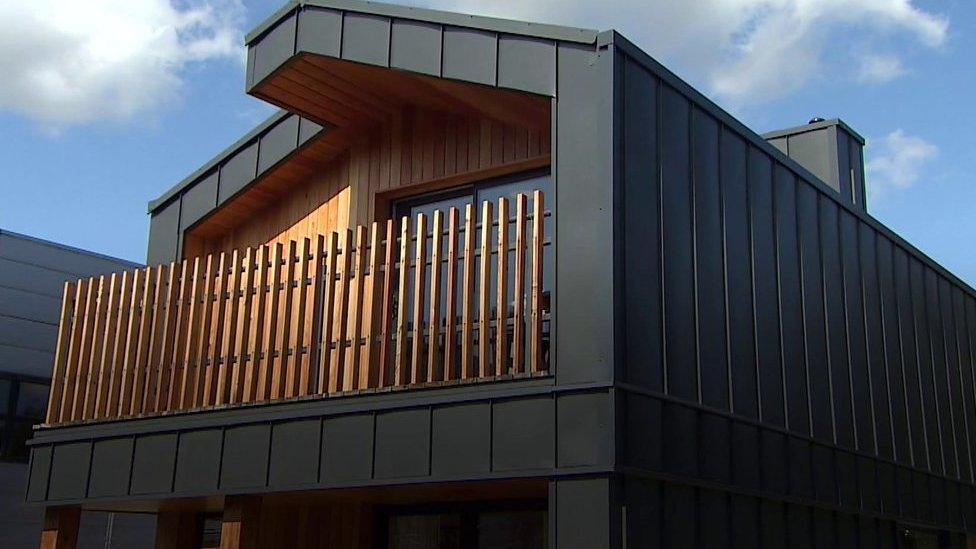
- Published30 May 2019
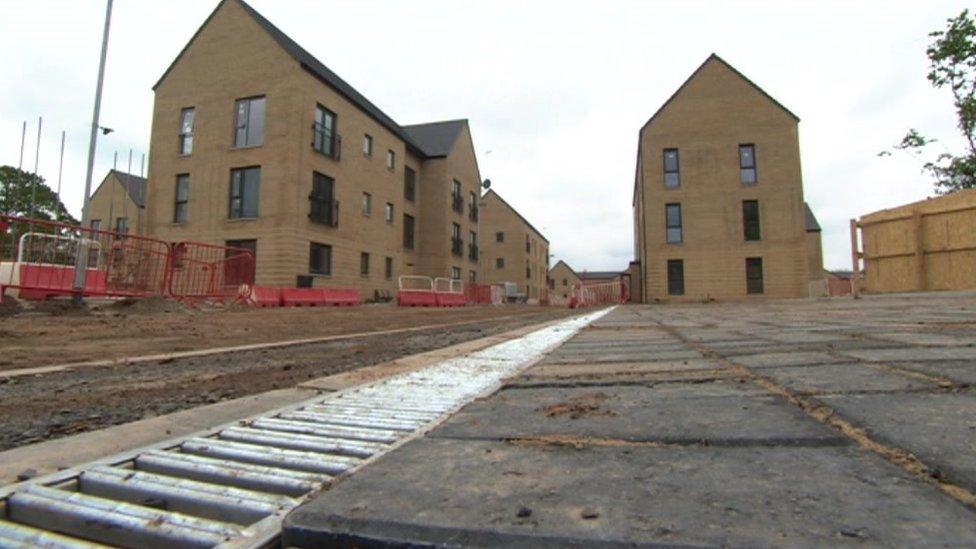
- Published31 August 2013
